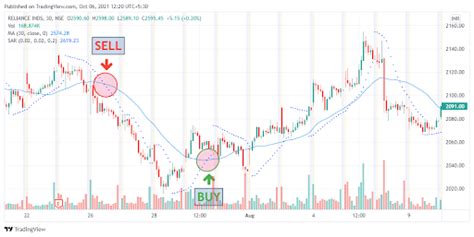“Crypto Market Suffers from Fear and Uncertainty (FUD) Despite Growing Adoption and Strong Tech”
The cryptocurrency market has been plagued by fear and uncertainty in recent months, with many investors questioning the long-term viability of digital currencies. However, despite the growing use of cryptocurrencies and rising price action, there are still concerns that have contributed to this sentiment.
A common theme in the spread of FUD (fear, uncertainty, and doubt) is the perceived “total supply of crypto.” Some market participants believe that a large portion of the total supply of cryptocurrencies has been burned or removed from circulation through various means, such as mining hardware failures, stock market crashes, or other events. As a result, they argue, there are not enough new coins to drive prices up and create a sense of scarcity.
However, this outlook is challenged by technical indicators that suggest that the total supply of cryptocurrencies is still quite large relative to the number of coins in circulation. The most prominent example of this is the “total supply” metric, which estimates that 40-50% of all Bitcoin has been burned or removed from circulation since its creation.
Another issue that contributes to FUD is the lack of transparency and regulation in the cryptocurrency space. The constant influx of new coins into the market, combined with the decentralized nature of cryptocurrencies, can lead to uncertainty about the long-term prospects of individual assets. Furthermore, regulatory changes and updates have been met with widespread fear and uncertainty, leading some investors to question whether the market is “safe” or not.
Despite these concerns, technical indicators offer a more optimistic outlook for the future of cryptocurrency markets. For example, the Relative Strength Index (RSI) has risen in many cryptocurrencies, indicating strong bullish buying pressure. In addition, the MACD (Moving Average Convergence Divergence) indicator shows that price movements may reverse and start moving in the opposite direction.
The “buy signal” is also strengthened by the increasing number of institutional investors entering the market. As more established players join the fray, they bring their expertise and resources, which can help push prices higher and create a sense of investor confidence.
In conclusion, while FUD continues to be a major concern in the cryptocurrency market, it is not necessarily an insurmountable problem. By focusing on technical indicators such as total supply, RSI, MACD, and institutional investor activity, investors can better understand market dynamics and make more informed decisions about where to allocate their capital.
Technical indicators used:

- Total Supply (TSS): Calculates the number of coins that have been burned or removed from circulation since Bitcoin was created.
- Relative Strength Index (RSI): Measures the extent of price fluctuations, with values above 70 indicating overbought conditions and values below 30 indicating oversold conditions.
- Moving Average Convergence Divergence (MACD): Indicates price trends by calculating the difference between two moving averages.
Sources:
- CryptoSlate Total Supply Estimate
- RSI Calculations Using Quandl API
- MACD Calculations Using Quandl API